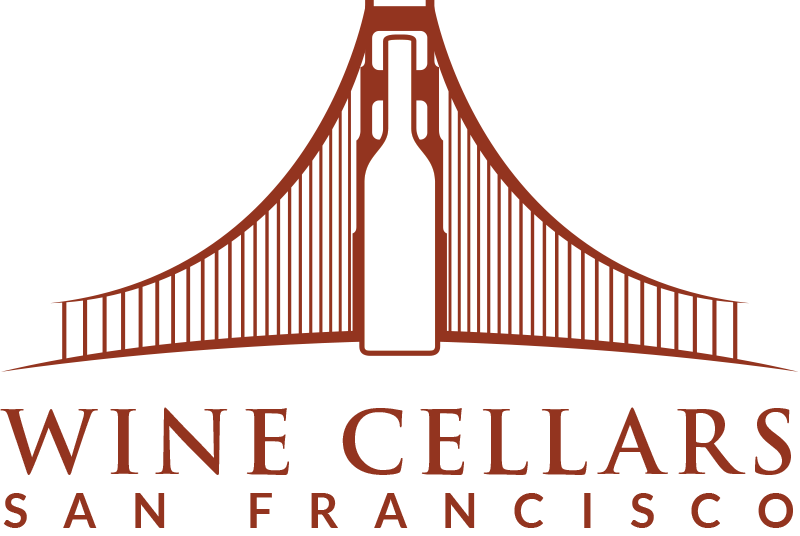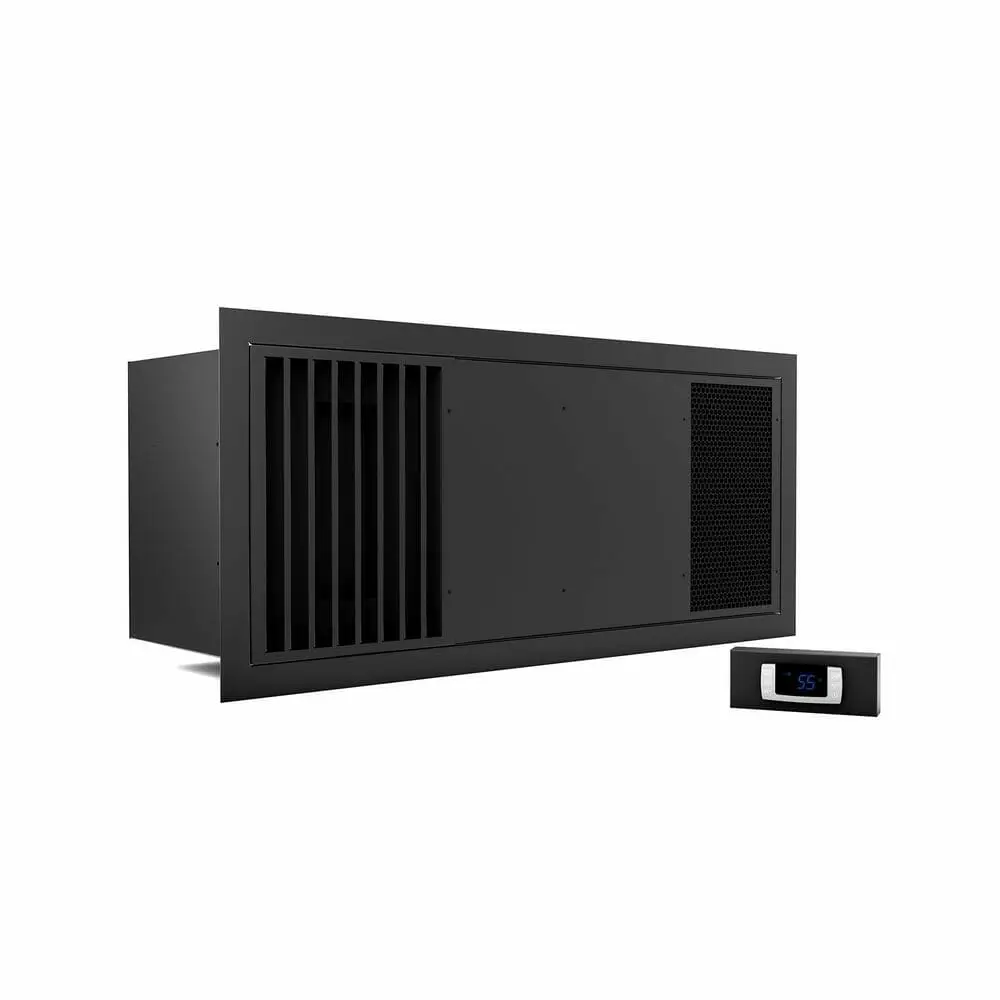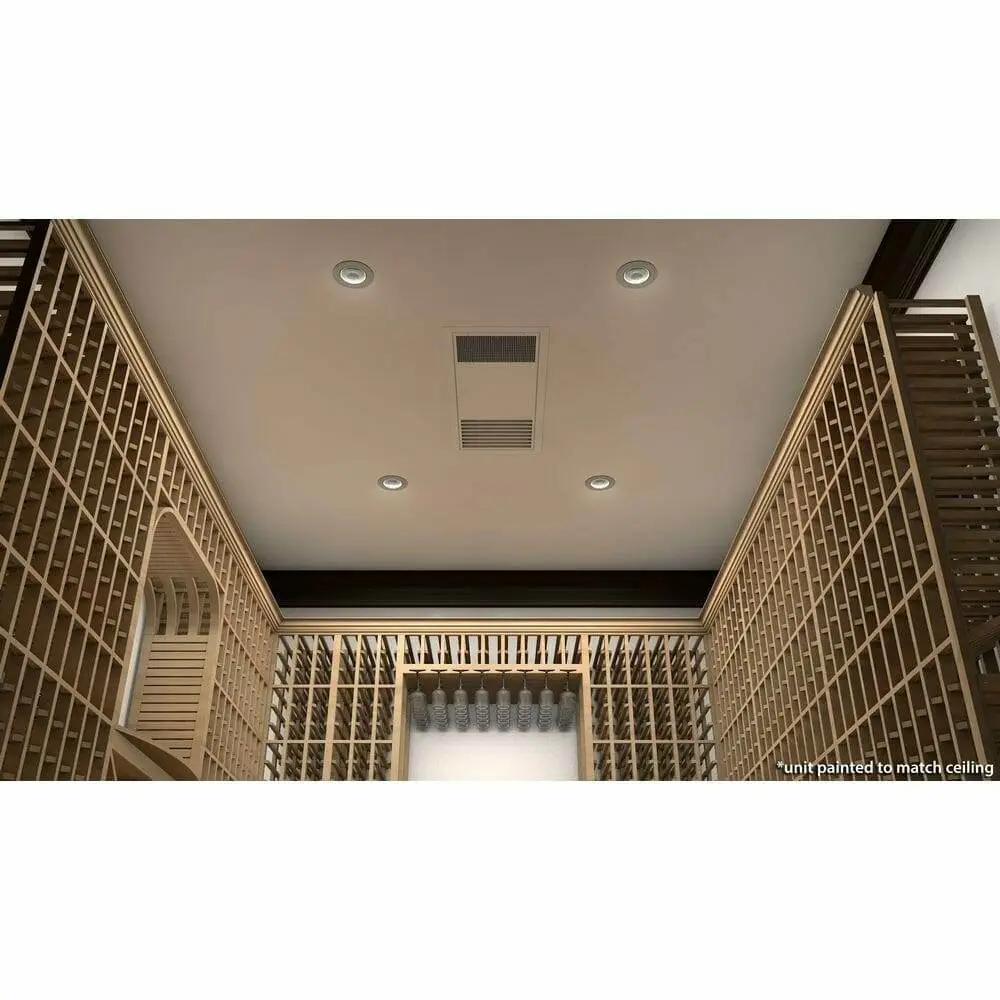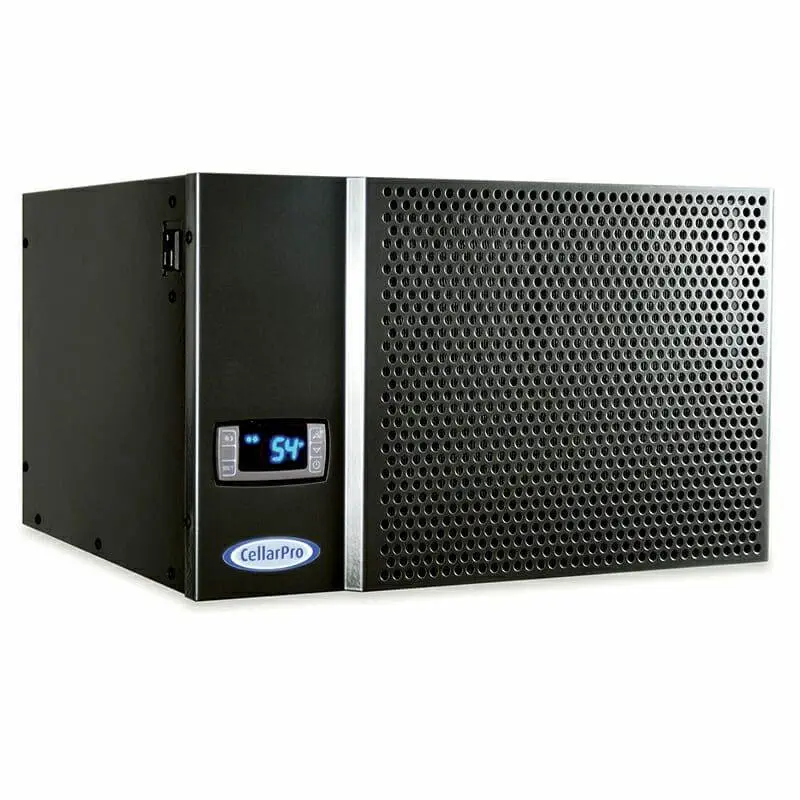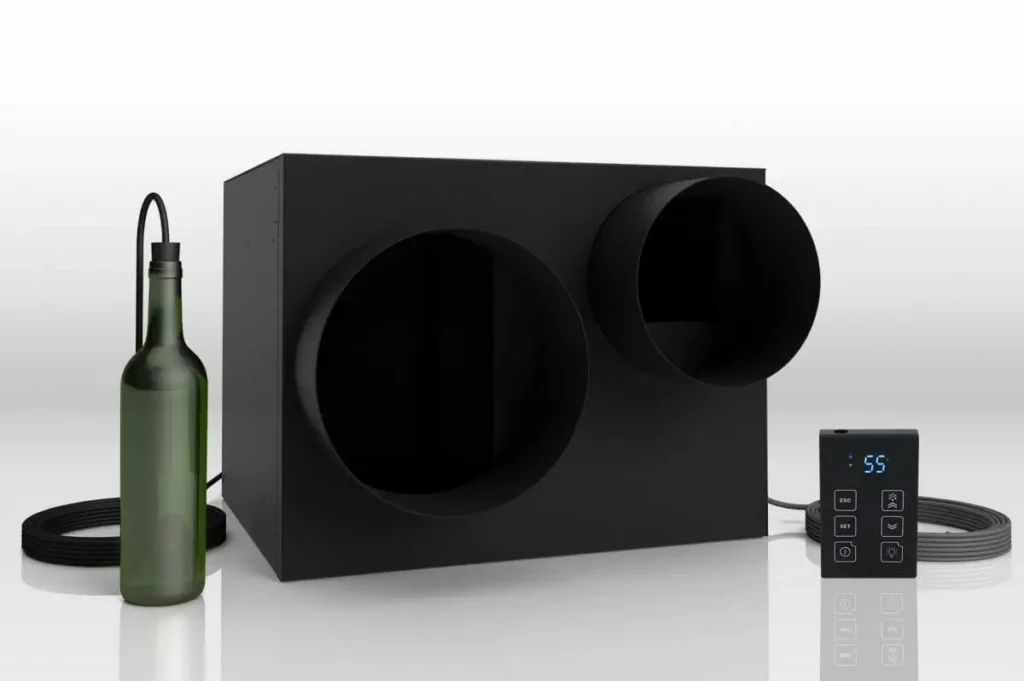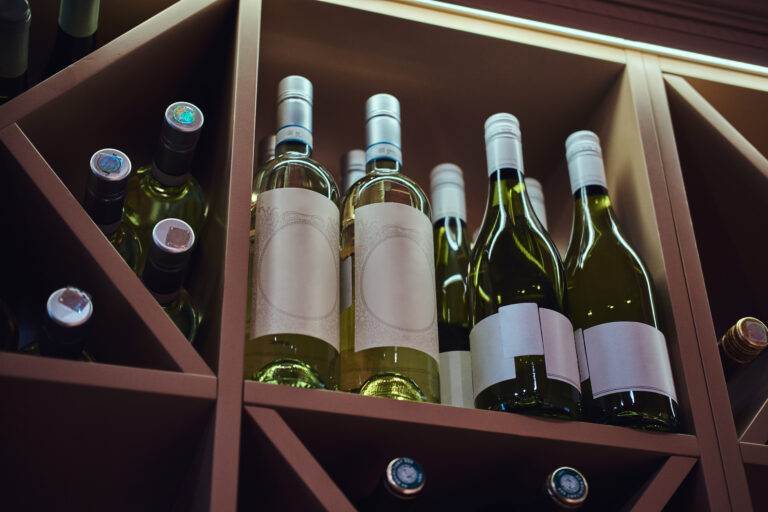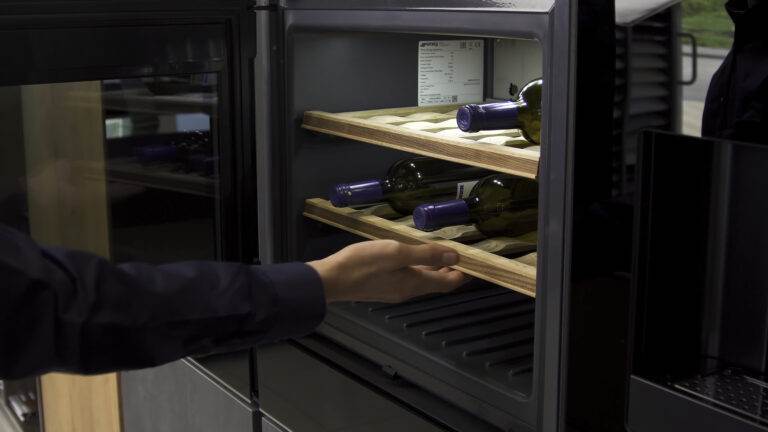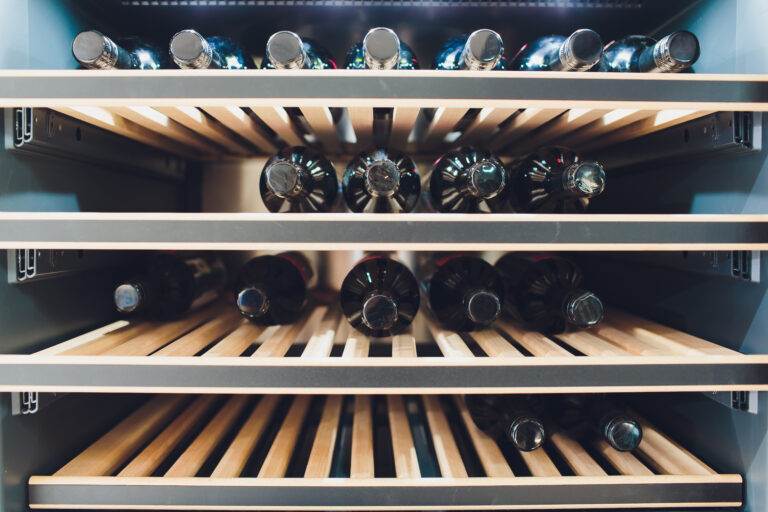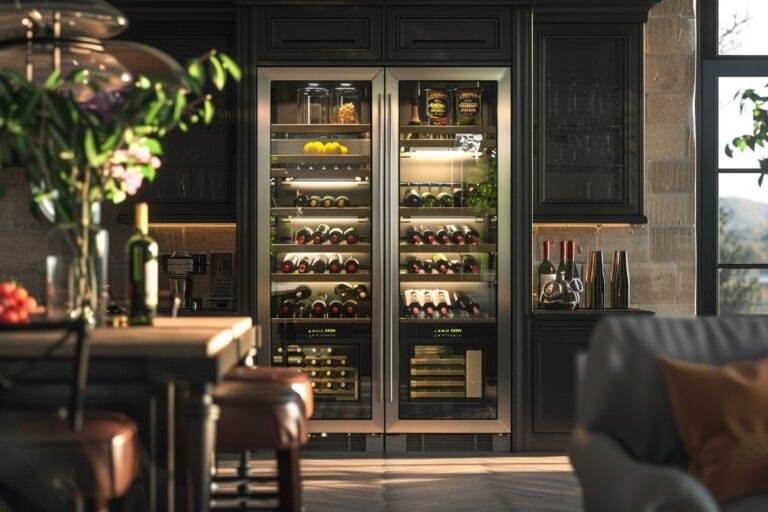Introduction to Wine Cooling Units
Storing wine properly is a critical aspect of ensuring its long-lasting quality and flavor. As any wine enthusiast knows, the journey from vineyard to glass is a delicate one. This is where wine cooling units become essential; they create an environment that replicates the ideal conditions for wine storage.
The Importance of Proper Wine Storage
Wine requires specific temperature and humidity levels to develop and maintain its intended characteristics. Storing wine at the right temperature is paramount, as fluctuations can lead to oxidation or spoilage. Ideally, wine should be stored at:
Red wines: 55°F to 65°F (13°C to 18°C)
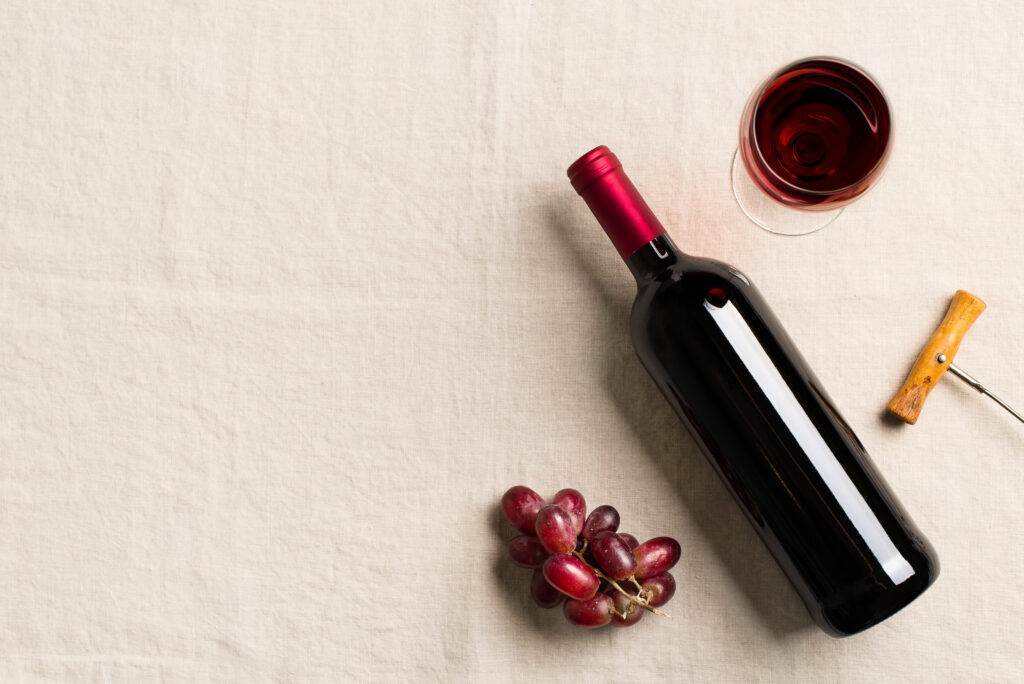
White wines: 45°F to 55°F (7°C to 13°C)
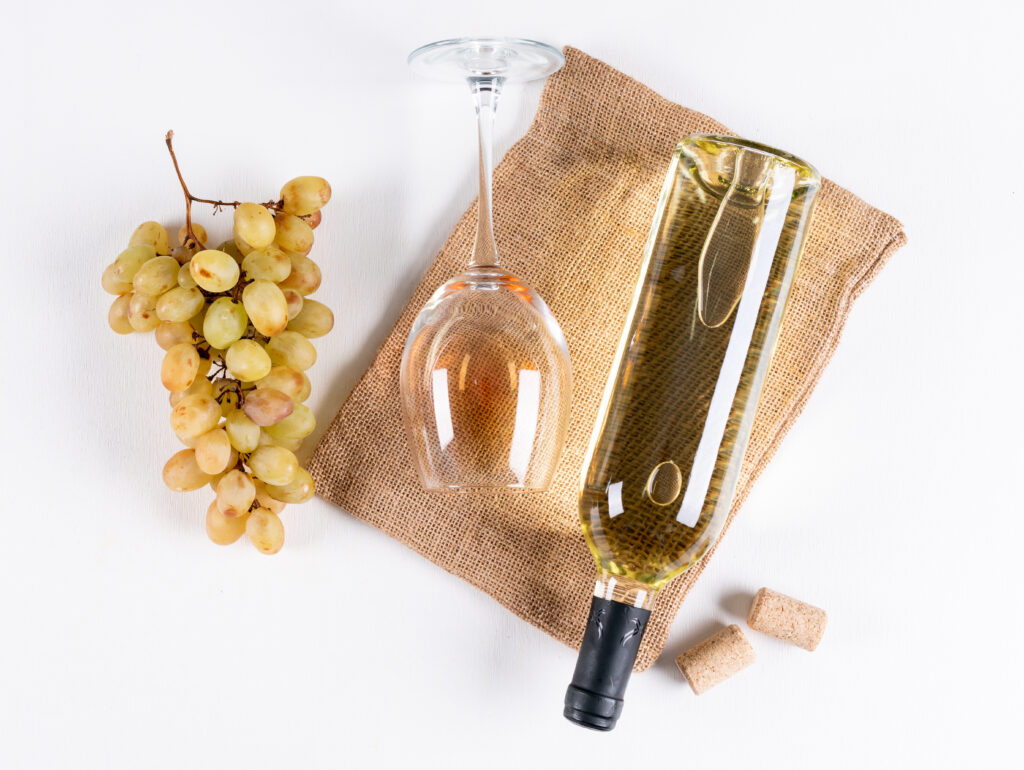
Proper storage can enhance flavor profiles and aging potential, making wine cooling units a wise investment for any serious collector or casual drinker alike.
Common Issues with Incorrect Temperature
Failing to maintain the correct temperature can lead to several problems, including:
Oxidation: If wine is stored at too high a temperature, it can oxidize, losing its vibrant flavor and aroma.
Sediment Formation: Incorrect temperatures can promote sediment build-up, impacting the wine’s clarity and taste.
Cork Damage: High temperature can cause corks to dry out, leading to leaks and further spoilage.
In essence, without a reliable wine cooling unit, wine enthusiasts risk diminishing the very essence of their collection. Investing in a cooling unit not only preserves wine quality but also fosters a deeper appreciation for the craftsmanship behind each bottle. With these considerations in mind, let’s explore the various types of wine cooling units available on the market.
Types of Wine Cooling Units
As wine enthusiasts consider the best way to store their collection, understanding the different types of wine cooling units is essential. Each type serves a unique purpose depending on the space available and the size of the collection.
Built-In Wine Coolers
Built-in wine coolers are designed for those who want a seamless look in their kitchen or bar area. These units fit perfectly into cabinetry and provide a sophisticated way to showcase wine collections. Some benefits of built-in wine coolers include:
- Space Efficiency: They utilize existing cabinetry or wall space without taking up additional floor room.
- Aesthetic Appeal: With sleek designs, built-in coolers can enhance the overall decor of your area.
- Integrated Design: They often come with tempered glass doors and LED lighting to showcase your collection beautifully.
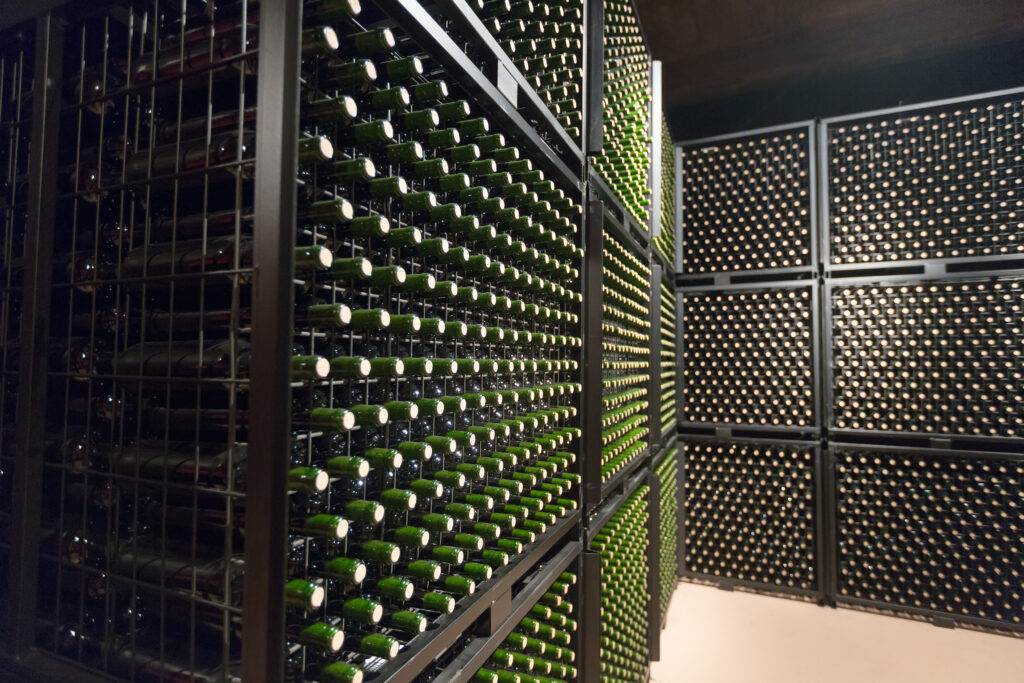
However, it’s important to consider ventilation needs, as these units require proper airflow to function effectively.
Freestanding Wine Cooling Units
On the other hand, freestanding wine cooling units offer flexibility in placement and design. They can be moved easily, making them ideal for various spaces and events. Key features of freestanding wine coolers include:
- Variety in Size and Styles: Available in various capacities, they cater to all wine lovers, whether they have a modest collection or an extensive one.
- Ease of Installation: Simply plug it in, and you’re ready to go without the hassle of built-in modifications.
- Portability: Perfect for seasonal use or varying living situations, these units can be relocated easily.
In summary, whether opting for a built-in or freestanding model, wine cooling units are essential for preserving the quality and integrity of your wine collection. Taking a step further, let’s delve into the factors to consider when choosing the ideal wine cooling unit.
Factors to Consider When Choosing a Wine Cooling Unit
Choosing the right wine cooling unit can feel overwhelming, especially with so many options on the market. However, focusing on a couple of key factors can simplify the decision-making process.
Size and Capacity
The first aspect to consider is the size and capacity of the wine cooler. It’s crucial to assess how many bottles you intend to store and the space you have available. Here are a few things to think about:
- Bottle Capacity: Wine coolers range from compact models, holding around 12 bottles, to larger units that can accommodate over 200 bottles.
- Physical Dimensions: Ensure you measure the space where you plan to place the cooler, considering both height and width.
- Future Growth: If you plan to expand your collection, opt for a unit with a higher capacity than you currently need.
For instance, a casual wine drinker might need a small countertop unit, while a serious collector may prefer a full-sized freestanding model.
Cooling Technology
Cooling technology is another critical factor. Different units use varied methods to maintain temperature, which can impact efficiency and wine preservation. Consider these common technologies:
- Thermoelectric Cooling: These units are quiet, vibration-free, and energy-efficient, making them great for home use. However, they may struggle in extreme temperatures.
- Compressor Cooling: Similar to traditional refrigerators, compressor units are powerful and ideal for maintaining consistent temperatures, even in fluctuating conditions.
Ultimately, the choice of cooling technology can affect not only performance but also your electricity bill. With these considerations in mind, you’ll be better equipped to select a wine cooling unit that fits your needs. Next, let’s explore installation and maintenance tips for keeping your wine cooler in top shape.
Installation and Maintenance of Wine Cooling Units
Once you’ve chosen the perfect wine cooling unit for your collection, the next step is proper installation and maintenance to ensure optimal performance.
Proper Placement Tips
The placement of your wine cooling unit can significantly affect its efficiency. Here are some tips for ideal placement:
- Avoid Direct Sunlight: Place your cooler in a dark area since UV rays can degrade wine quality.
- Stable Environment: Choose a location with stable temperatures, away from heat sources like ovens or radiators.
- Ventilation Space: Ensure there’s adequate airflow around the unit, typically at least a few inches at the back and sides. This helps prevent overheating and maintains the internal temperature.
If you’re opting for a built-in unit, verify that your cabinetry has cooling vents to prevent airflow obstruction, ensuring the cooling system operates smoothly.
Cleaning and Regular Maintenance
Regular cleaning and maintenance are crucial for prolonging the lifespan of your wine cooler and preserving the quality of your bottles. Here are some straightforward steps:
- Dust and Debris: Clean the exterior surfaces regularly to prevent dust buildup. Doing this monthly can enhance the unit’s looks and performance.
- Interior Cleaning: Empty the cooler and wipe down the interior shelves and surfaces with a mild detergent every 3-6 months. This helps remove any moisture, mold, or odor that might affect your wine.
- Check Temperature Settings: Regularly monitor the temperature settings to ensure they remain within the desired range for your wine types.
By following these tips, wine enthusiasts can ensure their cooling units remain effective over time, contributing to the preservation and enjoyment of their cherished collections. Now let’s explore the benefits of using wine cooling units and how they enhance the overall experience of wine storage.
Benefits of Using Wine Cooling Units
Investing in a wine cooling unit is not merely a matter of convenience; it brings significant benefits that enhance the experience of wine storage and enjoyment. Understanding these benefits can reinforce the value of having the right unit for your collection.
Preservation of Wine Quality
The primary reason many choose wine cooling units is for the preservation of wine quality. Proper storage conditions are vital for maintaining the complex flavors and aromas of wine. Here’s how wine cooling units contribute to this preservation:
- Temperature Control: They provide a stable temperature range, preventing the prolonged warmth that can lead to oxidation.
- Humidity Regulation: Many cooling units maintain optimal humidity levels, which is essential for keeping corks wet and preventing air from entering the bottle, thus preserving the wine’s integrity.
- Minimal Vibration: Good wine coolers minimize vibration, reducing disturbances that can negatively affect wine aging.
Imagine uncorking a bottle aged to perfection, where every nuance of flavor has been preserved thanks to optimal storage conditions.
Energy Efficiency
Another notable advantage of modern wine cooling units is their energy efficiency. Unlike traditional refrigerators, which can consume a lot of power, high-quality wine coolers are designed to be environmentally friendly. They operate quietly and consume less energy by using advanced insulation and technology. Consider these aspects of energy efficiency:
- Energy Star Ratings: Many units come with Energy Star ratings, indicating lower energy use without compromising performance.
- Cost Savings: Reducing energy consumption not only benefits the environment but can also result in lower electricity bills.
In conclusion, wine cooling units provide essential benefits that ensure the preservation of wine quality while being mindful of energy consumption. With these advantages in mind, let’s move on to reviews of some of the top wine cooling units currently on the market to help you make an informed choice.
Reviews of Top Wine Cooling Units on the Market
With the countless wine cooling units available, it’s essential to know which ones stand out among the rest. In this segment, we’ll compare some reputable brands and take a look at customer ratings and feedback to provide a comprehensive overview.
Brand Comparison
Several brands have carved their niche in the wine cooling market, each offering a variety of models suited for different needs. Here’s a brief comparison of a few notable names:
- Wine Enthusiast: Known for stylish designs and excellent temperature controls, Wine Enthusiast units often feature dual-zone options for optimal storage.
- EdgeStar: Offers budget-friendly options without sacrificing functionality. Their coolers typically have a good bottle capacity and user-friendly designs.
- Danby: Renowned for their energy efficiency and compact models, Danby wine coolers are ideal for smaller spaces while still providing reliable temperature management.
These brands cater to varying consumer levels, from casual wine drinkers to dedicated connoisseurs, ensuring there’s something for everyone.
Customer Ratings and Feedback
When it comes to customer satisfaction, online reviews provide valuable insights regarding performance and reliability. Here’s how some of the top units are rated:
- Wine Enthusiast Units: Generally receive high marks for design and temperature stability, averaging around 4.5 out of 5 stars.
- EdgeStar Models: Customers appreciate their affordability and functionality, with ratings typically around 4.0 stars.
- Danby Coolers: Praised for their compact size and efficiency, often scoring around 4.2 stars on various review platforms.
Feedback from actual users often highlights the importance of specific features like adjustable shelving and noise levels, further helping prospective buyers make informed decisions. Understanding the strengths and weaknesses of different brands leads you closer to finding the perfect wine cooling unit. Now let’s talk about cost considerations for these units, with a focus on budget-friendly options and their long-term value.
Cost Considerations for Wine Cooling Units
When exploring the world of wine cooling units, understanding the cost factors can significantly impact the decision-making process. Balancing budget, features, and long-term value is essential for every wine enthusiast.
Budget-Friendly Options
For those just starting or seeking to preserve a modest collection, several budget-friendly wine cooling units offer reliable performance without breaking the bank. Here are a few notable options:
- EdgeStar CWR32SX: Priced around $200, this unit holds up to 32 bottles and features an attractive stainless-steel design, making it perfect for smaller spaces.
- Danby DWC036A1BDB: At approximately $300, this cooler offers a 36-bottle capacity with an energy-efficient compressor. It’s compact, making it suitable for apartment living.
- Ivation 12-Bottle Thermoelectric Wine Cooler: For about $150, this option is compact and efficiently designed to fit on countertops, perfect for those who prioritize convenience.
These options highlight that quality wine storage doesn’t always have to come at a high price.
Long-Term Investment Value
While initial costs are important, considering the long-term investment value of a wine cooling unit may lead to greater satisfaction. High-quality units may have a higher upfront cost but offer:
- Durability: Premium units generally last longer and require fewer repairs, saving money over time.
- Enhanced Features: Investing in a more expensive model often means better cooling technology and features, like dual temperature zones, which can improve wine preservation.
- Resale Value: Quality wine coolers can maintain better resale value, making them a wise choice for collectors who may upgrade in the future.
In conclusion, understanding the cost considerations for wine cooling units aids consumers in making informed decisions that promote both short-term satisfaction and long-term value. As we wrap up this guide, let’s explore some innovative features in modern wine cooling units that can enhance your wine storage experience.
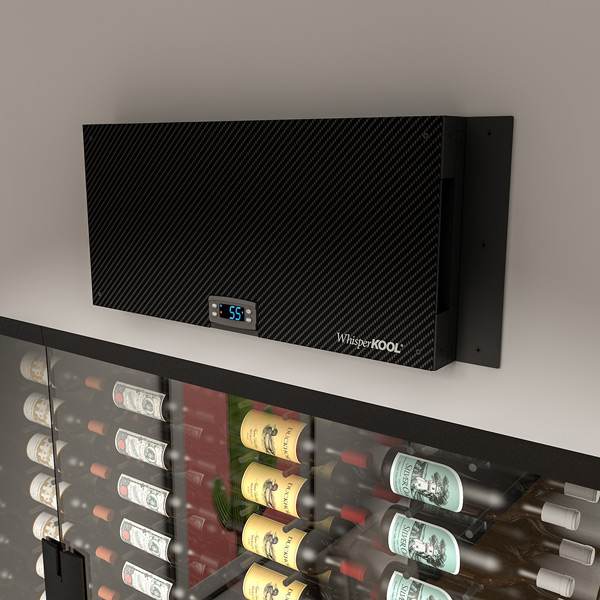
Innovative Features in Modern Wine Cooling Units
As technology advances, modern wine cooling units are emerging with innovative features that enhance the functionality and user experience. These advancements not only cater to wine collectors’ specific needs but also help preserve the quality of their prized bottles.
Dual Temperature Zones
One of the standout features in many modern wine coolers is the dual temperature zone capability. This feature is particularly significant for enthusiasts who appreciate both red and white wines, as these varieties have different optimal storage temperatures. Key benefits of dual temperature zones include:
- Customized Storage: You can store red wine at one temperature (around 55°F to 65°F) while keeping white wine at a cooler range (45°F to 55°F) in the other zone.
- Maximized Space: With separate compartments, you can organize your collection more effectively, making it easier to select the right bottle for any occasion.
- Enhanced Flavor Profiles: Proper temperature control helps maintain the intended flavors and aromas of each wine type, ensuring an optimal tasting experience.
Imagine hosting a dinner party where you can serve the perfect wine at its ideal temperature—a surefire way to impress your guests!
Smart Technology Integration
Another exciting innovation is the integration of smart technology in wine cooling units. These features provide convenience and control, revolutionizing how wine lovers interact with their collections. Consider these advancements:
- Wi-Fi Connectivity: Many modern units allow users to monitor and adjust settings via smartphone apps, giving you peace of mind whether you’re at home or away.
- Alerts and Notifications: Receive alerts if temperatures fluctuate outside the optimal range, preventing potential spoilage.
- Voice Control: Some units are compatible with smart home systems, allowing for voice-activated adjustments.
With these cutting-edge features, modern wine cooling units empower wine enthusiasts to ensure their collections are stored perfectly, making every sip a delightful experience. As we conclude our exploration of wine cooling units, it’s clear that investing in these innovative solutions significantly enhances the enjoyment of wine.
